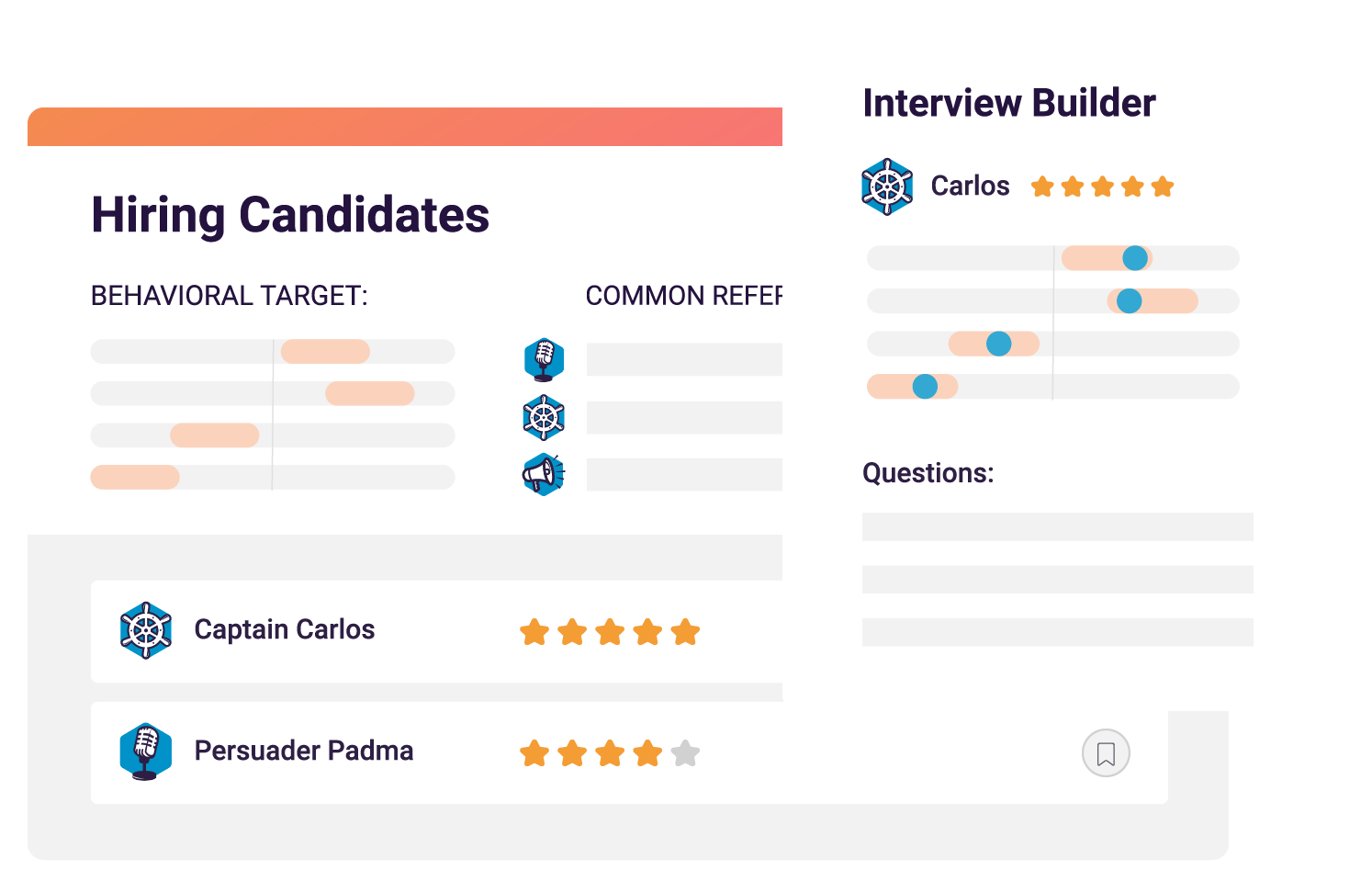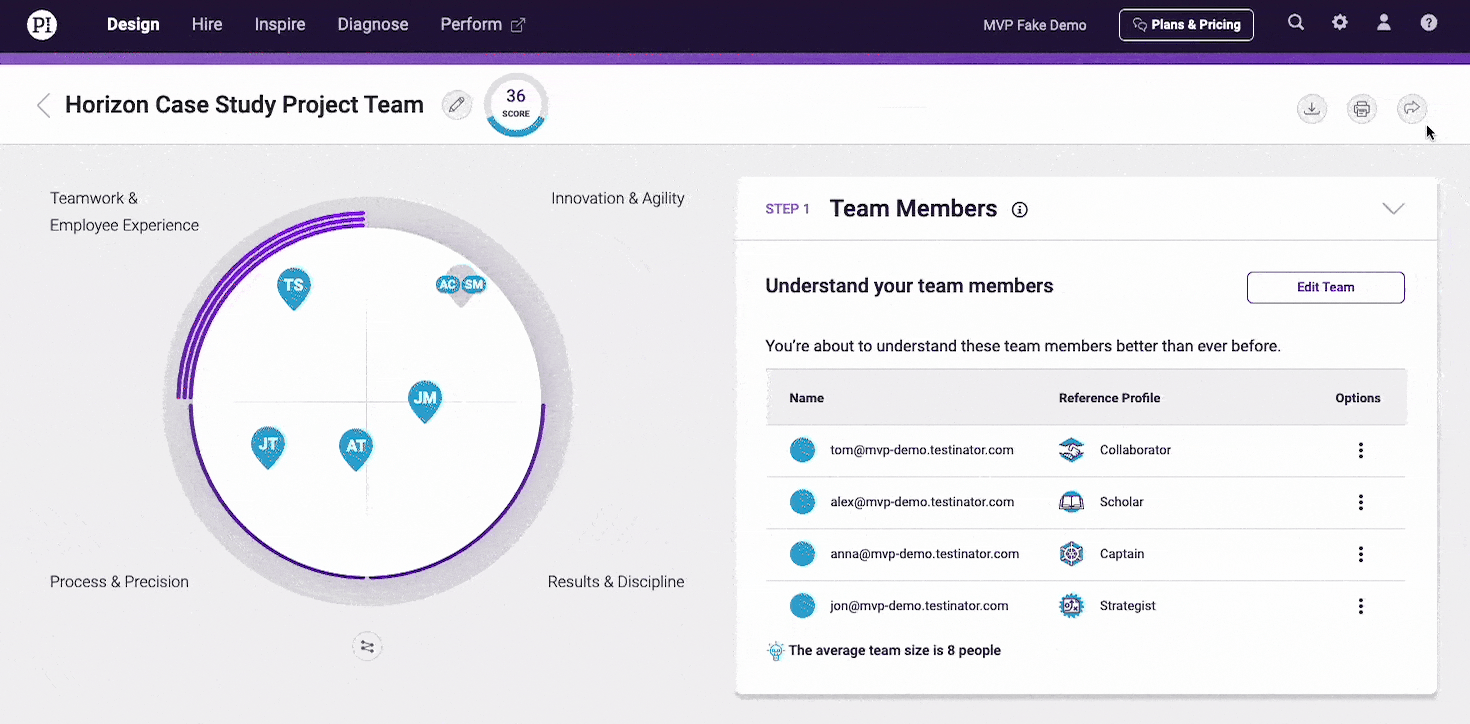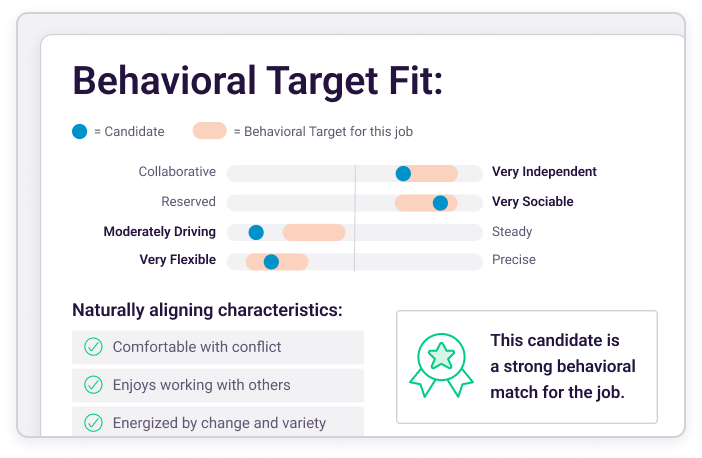Employees who feel mutual respect in the workplace have a deeper commitment to their organization.
The workplace environment has a significant effect on your company’s overall productivity. When your employees feel like they are appreciated and well-respected, they are more likely to do their best work and feel a sense of commitment to the company’s success. If the workplace does not inspire mutual respect, however, employees will not be at their best and employee retention becomes challenging. To ensure that your employees are reaching their full potential, follow these tips to create a respectful, supportive workplace for all staff members.

1. Lead by example of mutual respect.
One of the best ways to create an environment of mutual respect is to demonstrate respectful behavior on a daily basis. Each time you interact with your team members, be cordial and kind. Respect different opinions and avoid using derogatory or divisive language. If you have a problem with an employee, work to reach an appropriate solution that works for everyone.
Join 10,000 companies solving the most complex people problems with PI.
Hire the right people, inspire their best work, design dream teams, and sustain engagement for the long haul.
2. Develop and implement clear rules for employee conduct.
All employees must be expected to abide by clear, concise rules with regard to their behavior. Your work environment should not tolerate bullying, sexual harassment, or any other type of negative behavior in any form. All employees and managers should understand these rules and be held accountable for upholding them, regardless of their seniority or pay grade.
3. Listen to employees to show them your respect.
Make time for employees who want to talk to you, regardless of the nature of the communication. When employees speak to you, listen to them actively and attentively so that they know you value their thoughts and opinions. Don’t brush employees off, rush them or speak over them. Respond to questions and concerns kindly and respectfully.

4. Show your appreciation when employees do well.
Many employees who complain about a negative workplace environment mention that they don’t feel appreciated or valued for the work they do. To ensure that your team members are motivated to continue giving their best efforts, reward those employees who do well at work. When an employee goes above and beyond the call of duty, make sure that employee is aware of your appreciation by providing positive verbal feedback and/or tangible rewards.
5. Provide team members with opportunities to excel.
Employees are more likely to perform their jobs well and maintain a positive, respectful attitude at work when they have a goal in mind. Provide all of your employees with opportunities to excel, whether it be by returning to school to continue their education or vying for a desirable promotion.
A respectful workplace is a productive workplace. By following the tips above, you can ensure that your employees have a safe, comfortable environment in which they can thrive.








